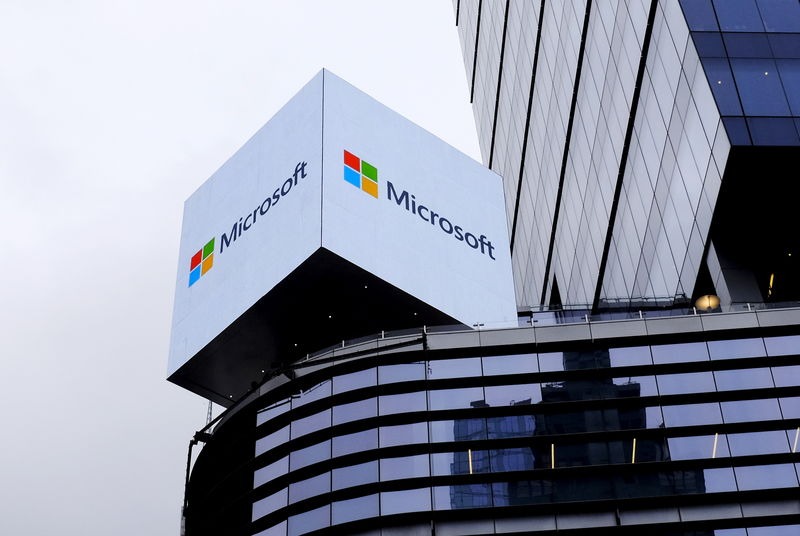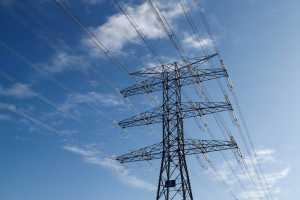Microsoft’s reported pause in building new data centers marks a strategic shift in how it manages its infrastructure alongside OpenAI, not a broader slowdown in demand, according to Wells Fargo.
The bank highlighted a recent blog post from SemiAnalysis that claimed Microsoft (NASDAQ:MSFT) had paused approximately 1.5 gigawatts (GWs) of self-build capacity.
Wells Fargo analysts said this should not be seen as a retreat but rather as “more mix shifting from OpenAI than anything else,” adding that “overall activity levels remain strong.”
Microsoft had been aggressively expanding its data center footprint, with projects in development or construction across states including Wisconsin, Virginia, Indiana, and California.
This followed a surge in spending in fiscal 2024, when Microsoft’s building asset value grew by $26 billion, Wells Fargo noted.
Despite pulling out of more than 2 GWs of non-binding letters of intent, Wells Fargo says Microsoft still has a substantial 5 GWs of pre-leased turnkey capacity scheduled to come online through 2028.
That backlog represents more than 60% of industry leasing during the last six quarters and puts Microsoft “materially ahead of any other hyperscaler,” said Wells Fargo.
The pause in self-builds appears tied to OpenAI’s evolving role. “The MSFT slowdown was largely related to the shifting relationship with OpenAI,” Wells Fargo said, as the company is no longer exclusively tied to Microsoft.
OpenAI has independently secured over 2 GWs of power, including a $11.9 billion contract in Texas, and is exploring an additional 5 GWs through Project Stargate.
For public data center REITs, Wells Fargo sees minimal impact. “MSFT has not been a material source of demand strength over the past 12 months,” the note said, pointing to continued leasing success from other hyperscalers and growth in retail demand.













